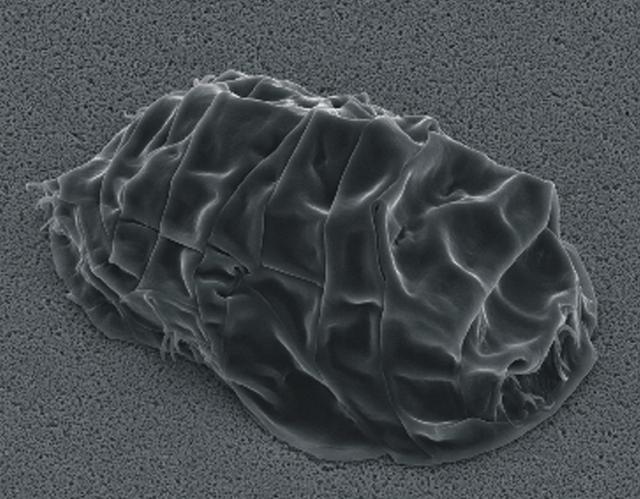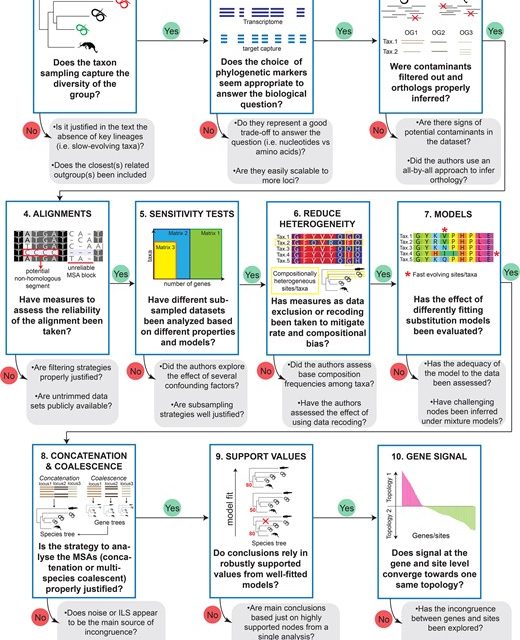
Door 12: Measuring Functional Diversity
Currently, the UN Biodiversity Conference (COP15) is going on in Montreal, Canada. Again a COP soon after an earlier COP, namely the UN Climate Change Conference (COP27) has been held in November in Sharm-El-Sheick, Egypt. For many of us, including myself, the twin crises of climate change and […]








